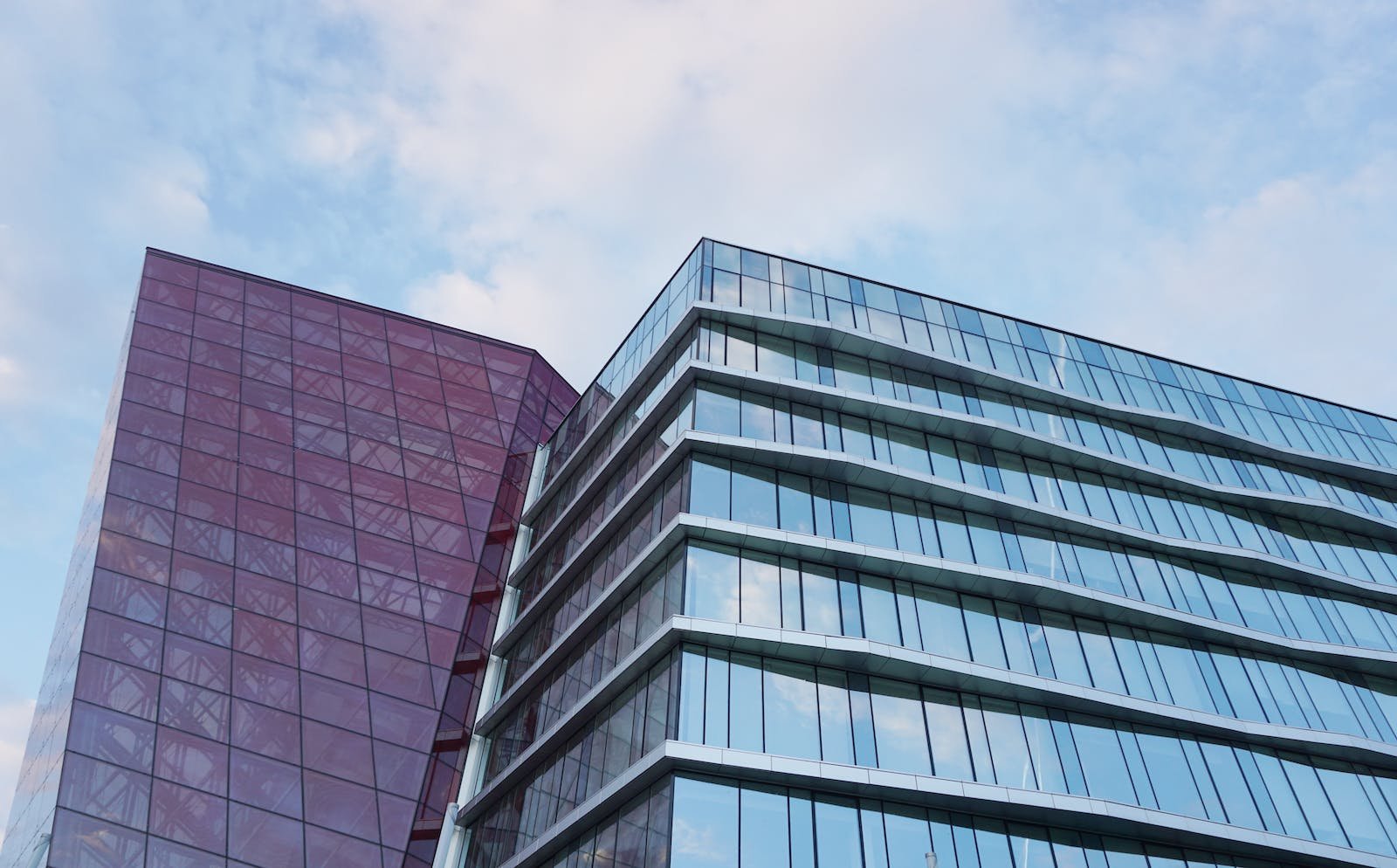Three Questions That Could Make Or Break The Commercial Real Estate Market—and Cities’ Net-Zero Goals
Experts are starting to warn about a potential "perfect storm" coming for the commercial real estate market. The combination of higher interest rates and higher vacancy rates in downtown offices could spark a crisis with ripple effects for the rest of the economy. How developers, property owners, and regulators respond to this brewing crisis will determine the fate of the entire market—and the future of cities’ efforts to decarbonize their built environment.
Higher interest rates are poised to become a massive problem for the commercial real estate sector very soon. More than $2.5 trillion in commercial real estate loans will be due for refinancing in the next four years, and market-watchers are concerned that many property owners won’t be able to refinance their loans at today’s higher interest rates. Lending standards at regional banks are already tightening with weaker demand. Meanwhile, the increase in remote work means more office space is vacant—which ultimately means these buildings are worth less and generating less revenue for owners.
This looming crisis could become an opportunity to build a better future—if developers, building owners and regulators seize the moment and start working toward a greener, lower-carbon future. Building owners in many places are already facing new regulations aimed at slowing climate change that require potentially expensive renovations to their existing properties. Now is the time for owners to make those low-carbon upgrades that, in many places, unlock new funding that can help change the cost-benefit analysis on older buildings and make them attractive to more carbon-conscious tenants.
Some experts have warned that the combination of higher costs for green upgrades and lower valuations due to commercial real estate woes could end up creating a class of stranded or "zombie buildings" that are left behind. These are no longer attractive to tenants and incur fines because they’re not meeting green goals, but they're too expensive to renovate to meet those new standards. Regulators can help by stepping in to add more funding streams for upgrades and tweak various rules that help make renovating old buildings as cost-effective as it is good for the environment.

